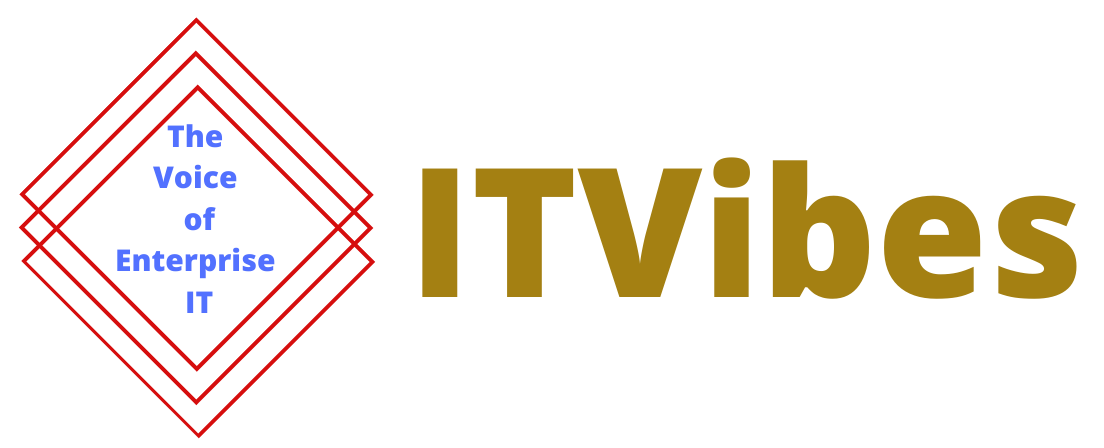From New generation Compute Technologies to “Augmented Humans”, Gartner forecasts the top digital disruptions we should prepare for. Gartner stated these digital disruptions will change the world creating new opportunities and products.
- Neuromorphic Compute
- DNA Data Storage
- Distributed Cloud
- Digital Twin
- Augmented Humans
- Technological Biohacking
Gartner analyst Daryl Plummer said “We’re in for a decade of radical digital disruption. Now’s the time to get started”.
Organizations should focus on identifying the disruptions that will have long-term effects on the world
Nontraditional compute technologies
Computing technologies are evolving from traditional to digital, and then to neuromorphic, which allows them to be more human-like.
Gartner stated “Chips are getting smaller and denser, new materials and markets are evolving, and the cost of computing is changing” increasing the pace of digital disruption.
Also read: Why are Australian enterprises investing in AI?
DNA Data Storage
DNA data storage tackles the challenge of massive data storage and longevity.
This technology enables the storage of unprecedented amounts of technology for thousands of years in a small space and in a less corruptible form. It does this by encoding binary data in the base pairs of synthetic DNA.
Storage of petabytes, exabytes or even yottabytes of data in mere grams of synthetic DNA is possible.
DNA data will radically change how humans handle, store and retrieve data. Gartner noted this digital disruption could help store in your car engine, for use with repairs.
Machines soon will know more about your physical well-being than you do
Distributed cloud
Distributed cloud is where cloud services are distributed to different physical locations, but the operation, governance and evolution remain the responsibility of the public cloud provider.
This means the services are where the customer needs them, but are still the responsibility of the public cloud. In addition, the reduced cost of data egress is supported for high-data-traffic applications like machine learning.
Gartner forecast Public Cloud Services growth by 6.3% in 2020 despite shrinking IT budget. Desktop-as-a-service is set to achieve the highest growth.
Also read: CBA plans 95% compute on cloud in 5-7 years to extend digital leadership
Digital Twin of the Earth
Digital Twins exist in a very specific, discrete context. Gartner said this digital disruption could change how humans could view a digital twin of the earth, for example.
A digital twin of the earth would afford a holistic view of how our climate is changing around the globe. This changes how humans think about mapping, tracking, physical operations and emergency services.
This would be able to alert authorities to the smallest bush fire before it burns out of control.
Also read: Law firm deploys AI to reduce the time required for insurance claims assessment
Augmented Humans
Technology will allow humans to augment themselves, notes Gartner – from exoskeletons for superhuman speed to implants for superhuman hearing.
This will change what it means to be human, but will also raise some serious ethical questions. Gartner noted this digital disruption also has the potential to help people live better lives.
By 2024, AI identification of emotions will influence more than half of the online ads you see
Technological Biohacking
Despite privacy concerns, computing devices have the capacity to constantly listen, store and process data leading to tracking everyone and everything.
If a camera in a public place can identify something about the individual’s health that the individual didn’t even know, the concern is no longer maintaining privacy as much as it is understanding how your private information is used. However, when used in aggregate, biohacking can result in cheaper drug production and better medical options.
Also read: The AI Talent Crisis is a Myth
Gartner predicts by 2024, AI identification of emotions will influence more than half of the online ads we see.
Emotional Experiences
Will an employee get promoted for being happy? Or can the employee be fired if he or she is not happy enough?
Computers with cameras can now tell if you’re upset, sad, angry or distressed, which means theoretically organizations could evaluate your feelings or expressions and use them to make decisions.
Inexpensive sensors are now able to track physical biometrics, leading to mood-oriented computing and hyper personalized experiences.
Access the Gartner report for details of the next wave of digital disruptions here.
Also read: IDC Forecasts Worldwide AI Spending will double in four years













